Stronger Together? The Facts and Fictions of DEI
When it comes to change, churn, and conflicting reports, I find it helpful to review evidence, facts, and data.
I am tired of hearing about DEI.
Not because diversity, equity, and inclusion are bad or at fault in some way.
Rather, because the term is becoming shorthand for the root of all problems.
And while, yes, across all organizations, some DEI initiatives have been run poorly (which, readers will be well aware, could be said of any type of initiative), the criticisms in the headlines at the moment are mired in misinformation. Ditching DEI is an own goal. A missed opportunity. A poor business decision.
Let's look at the facts.
Inclusive workplaces are more successful ones.
Here's a reliable source on that.
If you had a company staffed only with left-handed people, you'd have a company that, with zero ill will, was designing products that catered only to 10% of the population. It would probably work out OK (unless they were making scissors for righties and lefties alike), but it would make poor business sense. Why benefit from just one set of experiences when your constituents and stakeholders represent a world of diverse needs, experiences, and ideas?
Of course, left- and right-handedness are not protected characteristics - and not all that consequential in most roles.
Race, age, gender, disability, and sexual orientation, on the other hand, are both vital elements of diversity and often factors in discrimination. This is no accident. Where systems fail to function well, processes, policies, and procedures are what we use to help.
(And let's also remember that experiences, skills, personalities, and opinions are also areas where it’s prudent to embrace difference. )
Why are we all-in on inclusion, despite the backlash?
Read on for facts, fictions, and my own experience of affirmative action.
Diverse, inclusive workplaces enjoy healthy cultures - and healthy results
“By building inclusive and supportive workplace cultures where diverse leaders […] are truly heard, companies can chart a path towards impact beyond financial performance.” So says McKinsey.
And, in diverse, inclusive, equitable organizations, strong financial results are also forthcoming.
“After examining tens of thousands of VC investments, [the researchers] found that diversity significantly improves financial performance on measures such as profitable investments at the individual portfolio-company level and overall fund returns. And even though associating with similar people can have social benefits for people who do so, it can lead investors and firms to leave a lot of money on the table.” (Emphasis mine.)
Diversity fosters innovation.
Including and supporting people of diverse races, genders, educational backgrounds, and the like and crucially, setting everyone up to thrive, will help your firm innovate.
But if the research doesn’t move you, know that I both teach strategic innovation and make a living helping firms thrive. In the past 15 years, I’ve picked up a thing or two about how people help organizations succeed.
Diverse cohorts beget diverse ideas, especially if leaders facilitate inclusion.
Inclusive teams help businesses prosper, anticipating and solving problems more effectively. Especially where individuals also feel a sense of belonging.
In all these scenarios, high accountability and robust performance management foster success. This catylises inclusion rather than counters it. Inviting in different people doesn't lower standards - it raises them for all.
Hiring is just one aspect of diversity, equity, and inclusion.
DEI is about more than recruiting - it's about creating a culture in which everyone can thrive. We are champions of that around here, too, as regular readers will be aware.
Per Edmondson (1999 and since), when teams combine psychological safety with high performance standards, success tends to follow. Here’s her TED Talk to that effect.
All initiatives need to be designed, implemented, and improved with care. When they falter, true leaders work to fix them - winding them down only as a last resort. So, if your initiatives aren’t producing, perhaps work on the program rather than jettison the whole concept.
A rising tide lifts all boats.
The idea of establishing a quota in hiring (or anything else) can make everyone a little bit uncomfortable. Not just the stereotypical straight white male who fears for his job - but perhaps too the female minority who would rather not be labeled a “diversity hire”, where the quotation marks are invisible but very present.
When was 17 years old, I gained a seat at Scotland’s top university thanks to good grades and to affirmative action - geared towards ensuring Scottish people who attended state (public) schools were represented in the student body. I ultimately earned a First, and later returned to academia to study at the world’s number one university where I earned a grade of distinction and was ultimately offered a teaching role - neither of which I could have done without that quota shaping my early academic experience. (Both universities grade assessments double-blind - and my teaching role relates to the module in which I gained the top grade in the cohort.)
In my early academic career, I benefited from DEI - and now, I’d like to think, the organizations I work with benefit from me (and that education), too.
Beyond my anecdotal case for DEI, let’s revisit the research. In a 2017 study with possibly the best name this diversity hire has ever encountered, thoughtfully crafted quotas are shown to spur improved performance by all.
If the case that DEI “is just plain right” doesn't move you, embrace it because you want a successful, thriving organization. And remember, most people welcome diversity, equity, and inclusion - despite the headlines.
—
Ellie Hearne helps leaders bring strategy and culture together. As founder of Pencil or Ink, she has worked with dozens of industry-leading companies, one or two government agencies, and a handful of non-profits. She is Head Program Instructor of Oxford University’s Strategic Innovation Program and Treasurer of the University of St Andrews American Foundation.

